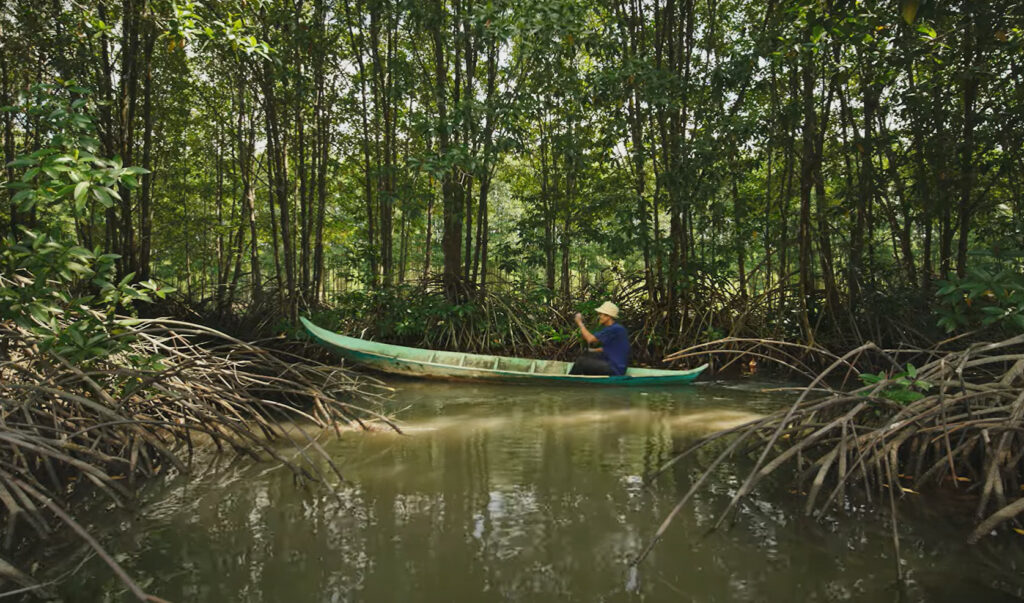BAP Program Grew 47 Percent In 2016
The number of Best Aquaculture Practices (BAP)-certified facilities jumped 47 percent in 2016, the Global Aquaculture Alliance announced on Feb. 6.
The third-party aquaculture certification program ended 2016 with 1,559 BAP-certified processing plants, farms, hatcheries and feed mills, up from 1,058 BAP-certified facilities at the end of 2015.
The BAP program has more than doubled in size in the past two years, surpassing the 1,500-facility milestone at the end of November, a testament to the industry’s commitment to responsible aquaculture.
At the end of 2016, there were a total of 358 BAP-certified processing plants, up from 308 processing plants at the end of 2015. Collectively, they produce 2.27 million metric tons of shrimp, salmon, tilapia, pangasius and other farmed seafood species annually.
There were a total of 967 BAP-certified farms at the end of 2016, up from 606 farms at the end of 2015. The number of BAP-certified hatcheries and feed mills stands at 162 and 72, respectively.
BAP is the world’s most comprehensive third-party aquaculture certification program, with standards encompassing environmental responsibility, social responsibility, food safety, animal health and welfare and traceability.
About BAP
A division of the Global Aquaculture Alliance, Best Aquaculture Practices is an international certification program based on achievable, science-based and continuously improved performance standards for the entire aquaculture supply chain — farms, hatcheries, processing plants and feed mills — that assure healthful foods produced through environmentally and socially responsible means. BAP certification is based on independent audits that evaluate compliance with the BAP standards developed by the Global Aquaculture Alliance.




